September 14, 2023 Elijah Maestas
Hello, attached below is all me relevant information as well as documentation, images, as well as discussions regarding this project and my own personal struggles and thoughts on the matter.
Images
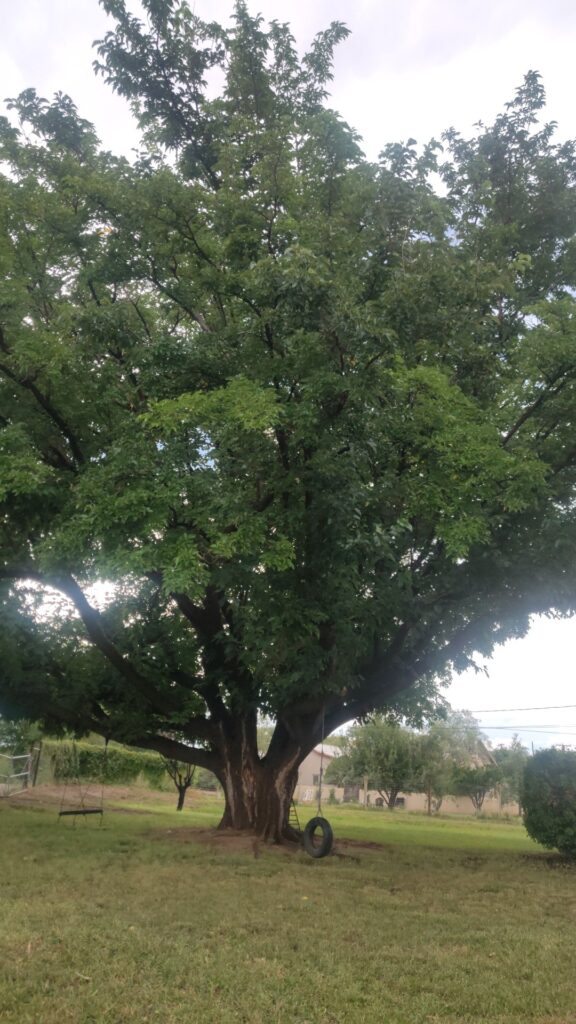
Forgive the sizing but I needed the image to be both recognizable, as well as fit somewhat nicely on the page and not require it all. This is a tree found in my front yard, unfortunately I do not know what kind of tree it is nor do I know where it came from, I simply chose it both for it’s ease of access as well as it being a personal favorite of mine.
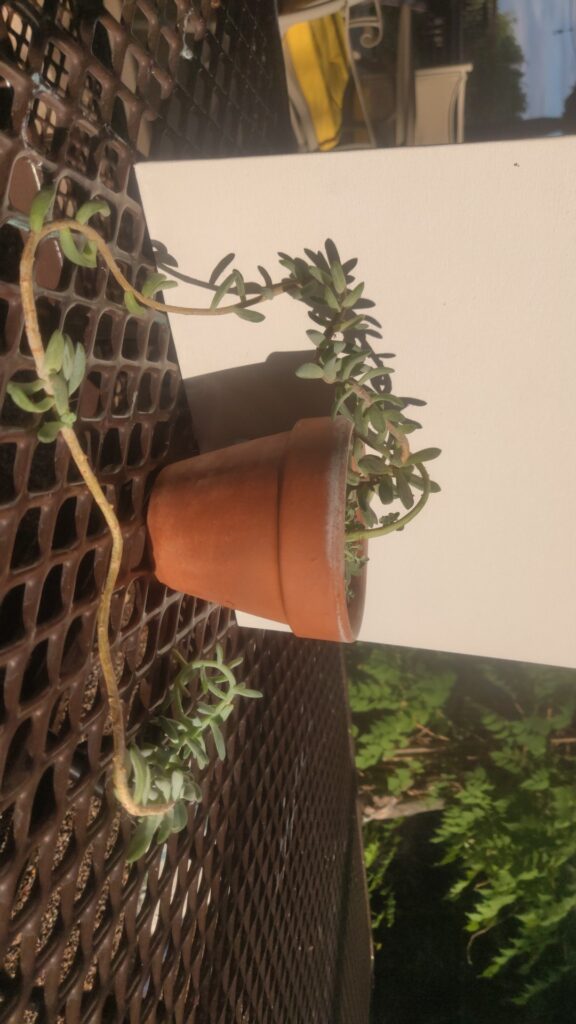
This second plant is known as a succulent, and is my mother’s main plant of choice. Although this particular one does not quite look like the normal succulent plants you see in the stores, it’s because it has such a unique design that I decided to choose it for this particular project. Apologies for the bad photo but I think it’s pretty clear why this particular plant did not want to stay in frame.

The last plant I chose is this last tree in our backyard, I also do not know the name of the tree or the species. I mainly picked this one because of it’s long trunk and branches, providing a nice contrast to any other plant I have already show before this.
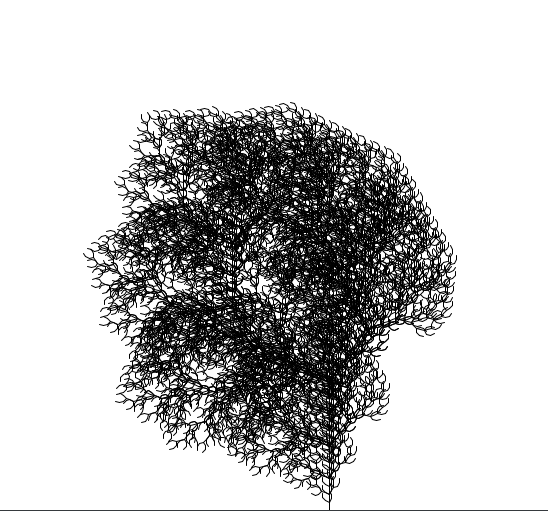
This is the L-system design of my rather large tree in the front of the house. As stated previously, there was no real reason for picking this particular tree against the other ones, rather it’s proximity and size where the main reason for picking it. In regards to creating it’s L-system, I would say that trying to create the branches and the leaves on them were the harder of the process to me, but overall everything seemed to flow smoothly for this first one, rather different compared to the others I must say.
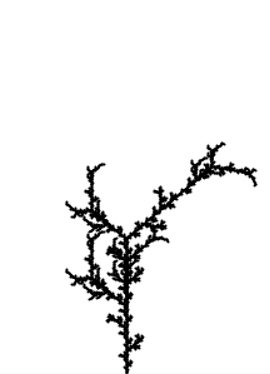
This is the L-system design of my second plant, the succulent. For this plant I decided to pick it for it’s unique pattern and way of growing, succulent plant’s are not normally found growing in such a way, and to this day I still have no clue how my mother was able to make it grow in such a way. Regardless it’s uniqueness is the reason for why I picked it. In regards to difficulties in making the L-System, I must admit that making the leaves on this one was harder than the previous one, for whatever reason I simply could not get the leaves to continue making their default pattern and also follow the stem, something would always veer off course making it slant the wrong direction or make the leaves off, fixing it was a pain of trying to find which part of the code was causing it, but after finding the error in my initial repeating phase, I was able to fix the problem to then create this.
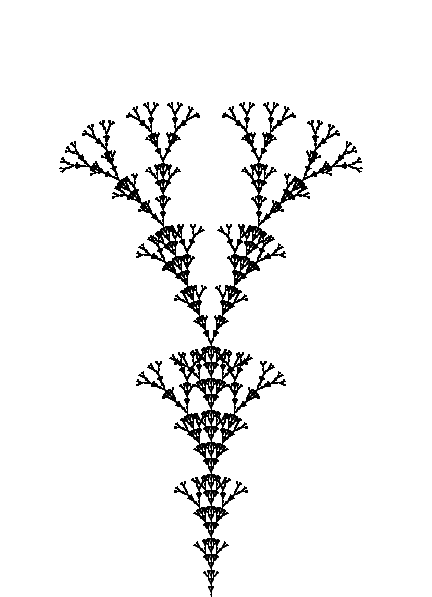
This is the L-system design of my final plant or tree, I also chose this tree because of it’s unique design in mainly it’s branch and trunk structure. Out of all of the plant’s this one proved to be the easiest, what with it’s rather basic start and finish, the code did not provide me with any sort of trouble at all, and was the first one I managed to finish
Attached below is all my code in regards to the plants as well, please feel free to run it yourself. Although a short warning, the last plant takes a minute or two to load before becoming fully visible.
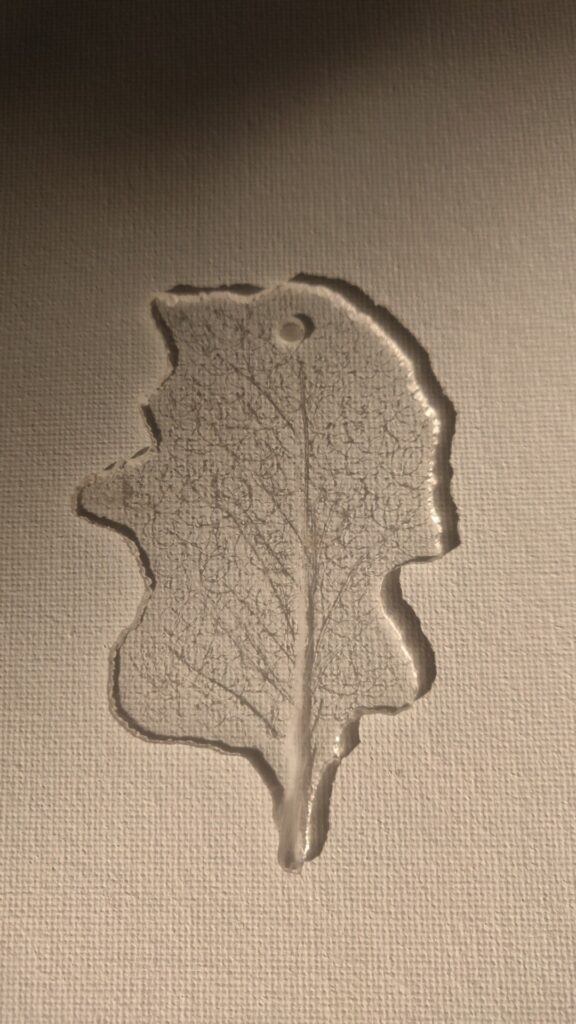
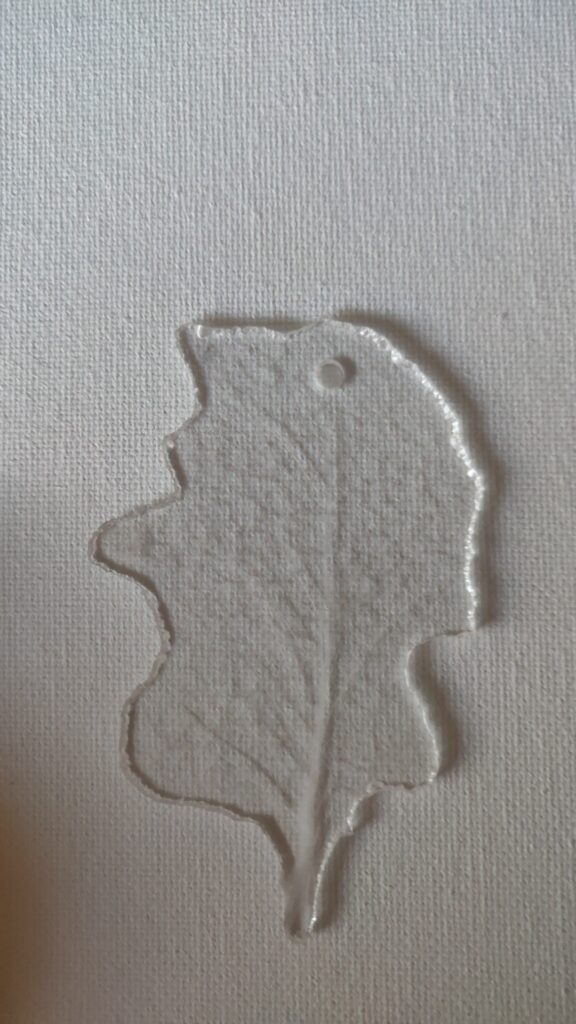
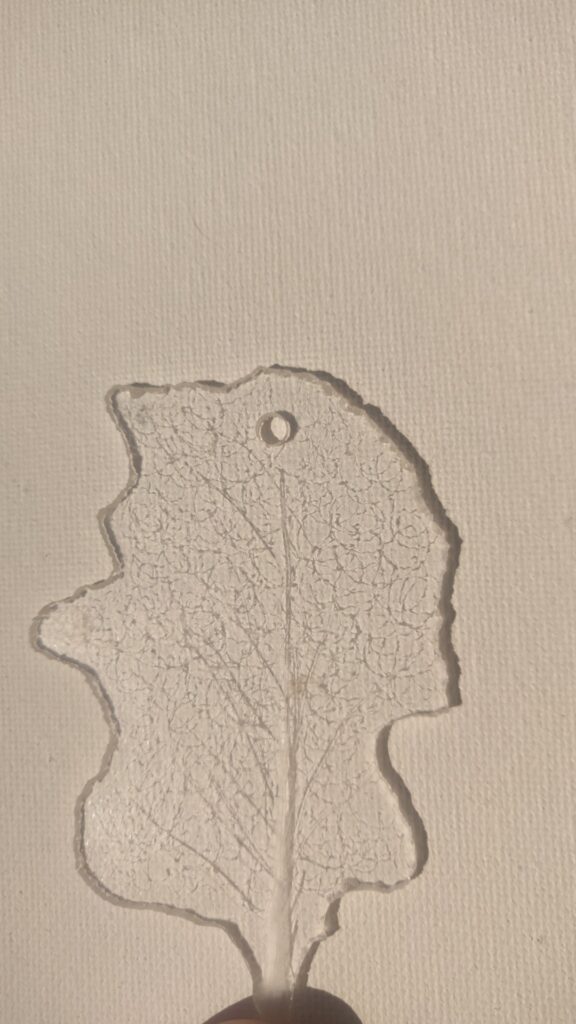
This is my fabrication piece and was probably the most complicated part, not because of how it came out, rather the process to do so was very complicated. For starters I had to work through the correct parameters first, which I tried my best to understand at first but ended up having to request help with. Afterwards it said something along the lines of it actually couldn’t print my design, which again I had to have help for and realize that I wasn’t actually running the correct program on my laptop, luckily I had a flash drive and was able to transfer everything over to the pc and have it finish my design. I will say it’s quite rough and there were plenty more errors that persisted during the process that I will not get into out of sheer embarrassment. Most of these errors resulted in the piece you see now, rather basic shape with very minimal grooves in it, but it is something I’m proud and still am amazed that I was able to create something like this, primitive as it may be of course but it is still mine regardless.
Part 1:Turtle Geometry
1(a) (360°/1°)*1=360. 2*π*r=360, making the radius 180/π.
b) The perimeter is also 360 in this question, thus the answer is also 180π
2) The total turning angel on a closed 2D surface path is 360°, meaning that the turning over arc has to be A+B.